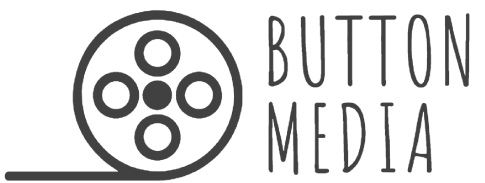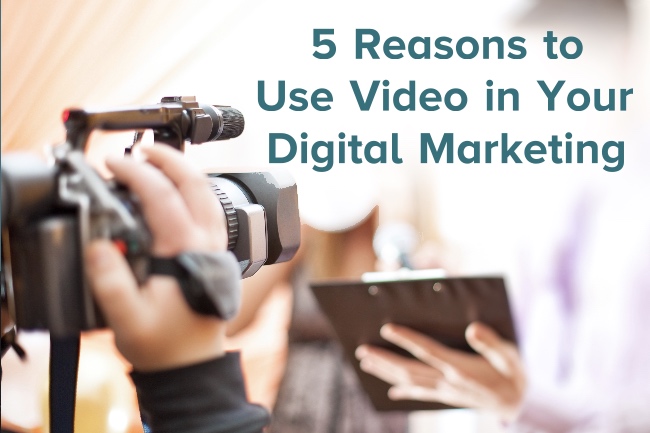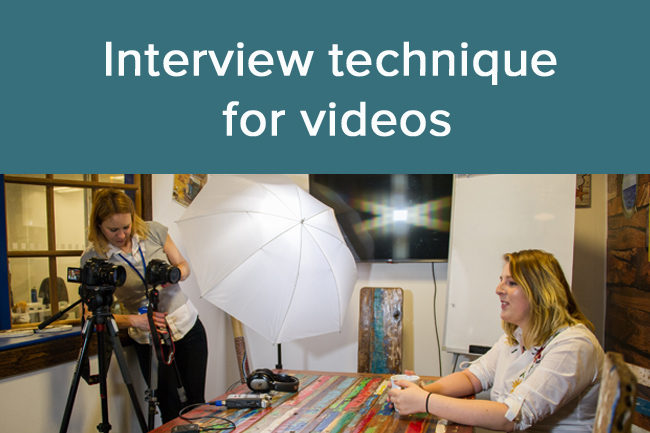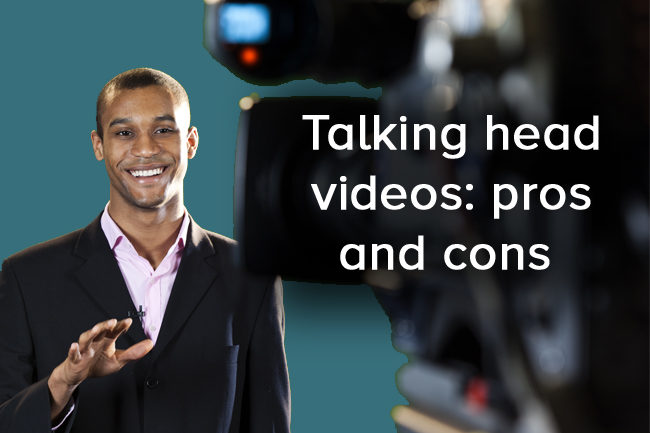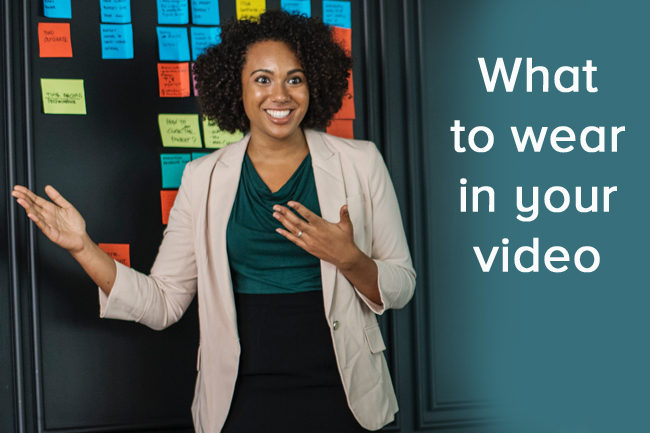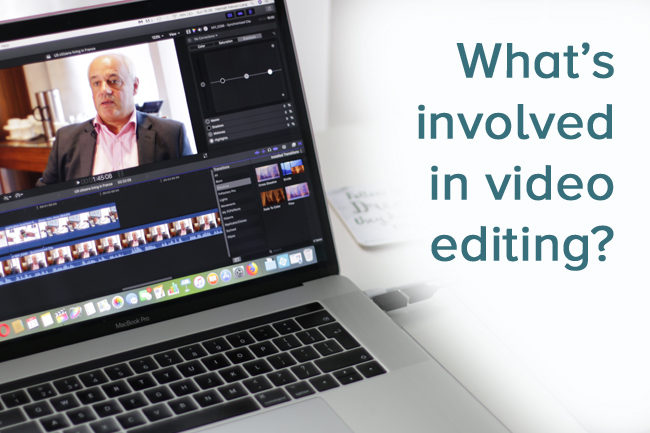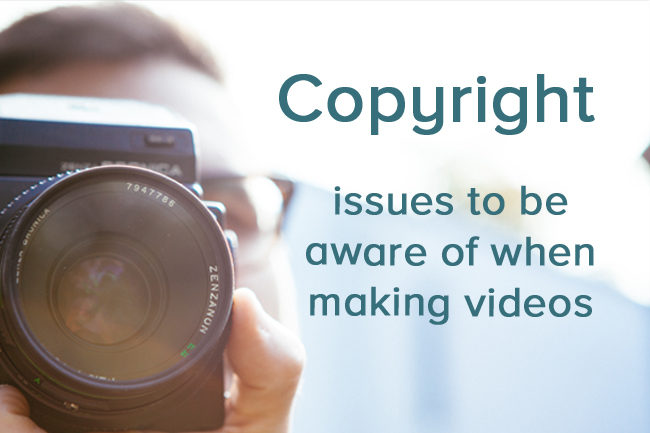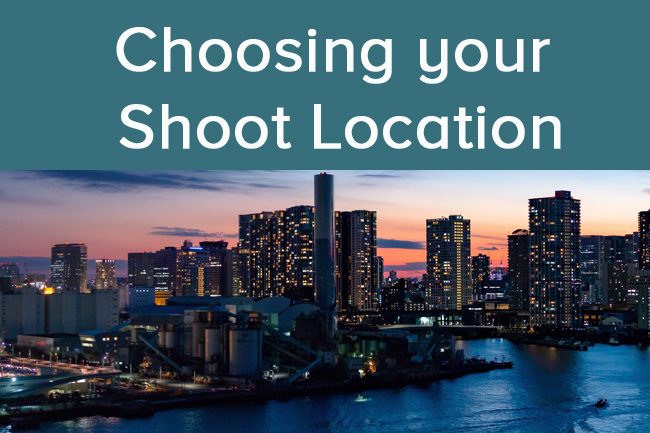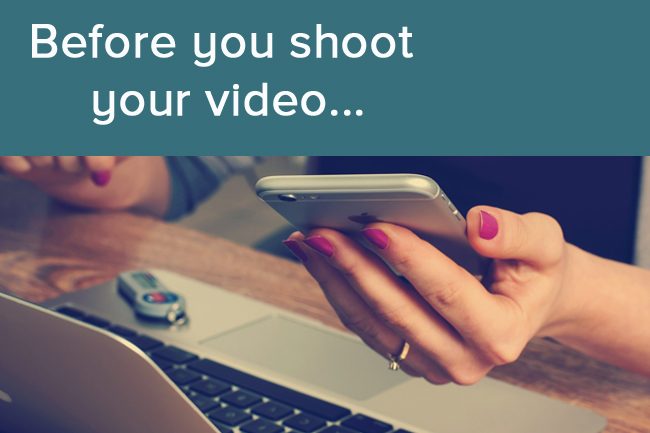Written by Sasha Mitchell, website designer and SEO specialist
Video content has become very popular over the past few years. Users prefer watching videos online than reading articles. You need to grab the attention of your audience right away and video content is a great way to do this. In this article, I will be discussing 5 reasons why video content is a great addition to your website.
There are several ways to use video content. Videos that will help educate them about your product or service, make it easier for them to trust your brand, as well as move them to a purchase faster. This can be offered through a hero video when you land on your website to show viewers your service or product. You can share an introduction video to allow your audience to get to know your team and the message behind your brand. All the way through to explainer videos to share information to new and returning customers.
Meet the person behind the brand
People like to see the person or team who are behind the brand. Even a short introduction can help in getting your visitors to trust you are a real person. Trust is vital to any product or service based relationship, as your audience wants to know where their money is going. They are more likely to spend it with a brand that is personal and they feel they can relate to. Your visitors trusting you will provide them with the best service possible is the key to growing your business.
Grab users attention
Video content is a fantastic way of gaining your audience’s attention. Keeping visitors on your website longer means they are more likely to purchase your service or product, and video is an excellent way to keep them there. Text heavy websites can be boring and put people off. Time is so valuable, people don’t want to waste it reading something if they do not believe it is necessary to do so. Using video, you may be able to get your information across in a quicker and more effective way. Meaning you can share a lot more information, in a shorter time frame.
Convey your message effectively
It can be difficult to share your message, ethos or brand personality through text or imagery alone. Having the ability to convey your message through video allows you to share your brand in the same way you might in person. Using your voice to talk through your message makes it more personal. Explaining it in a concise and understandable way. Your video content could even include infographics or examples as you talk through. These may help explain your message in a way that would be confusing without a guided explanation.
Digital content
Video content can also be shared across social media platforms. Doubling up on content for your website and content that can be used as marketing material. Video content is great for social media as well as websites. With easy access to endless content on social media, you need to grab attention in a matter of seconds before users scroll on. Which is why video content works so well both in the social media and website format.
Cost effective
Do you find yourself sharing the same information to your clients or customers? To save you time and money, you may find sharing this information in a video would work out better. Once you’ve got that recorded, you can use that to send to the next person that requests that information. You could even put together a bank of videos that are easy to access for your visitors. This would help your website traffic, SEO, and gain the trust of your visitors and ultimately bring in more customers.
Some final thoughts
Are you now thinking about the many ways video could enhance your website? Whether that’s a formal introduction to your business and team, or an explainer video on the services you provide. You can easily start recording some short reels to share on your website. Or why not get in touch with Hannah of Button Media to record your next business video.
If you are interested in some other ways you can improve your business website, take a look at my advice blog here. I offer a range of services from website design, maintenance, content management and design services. I would love to connect with you to see how I can help you grow your business’s digital presence. Book in a free 30 minute consultation today to see how I can help you.
